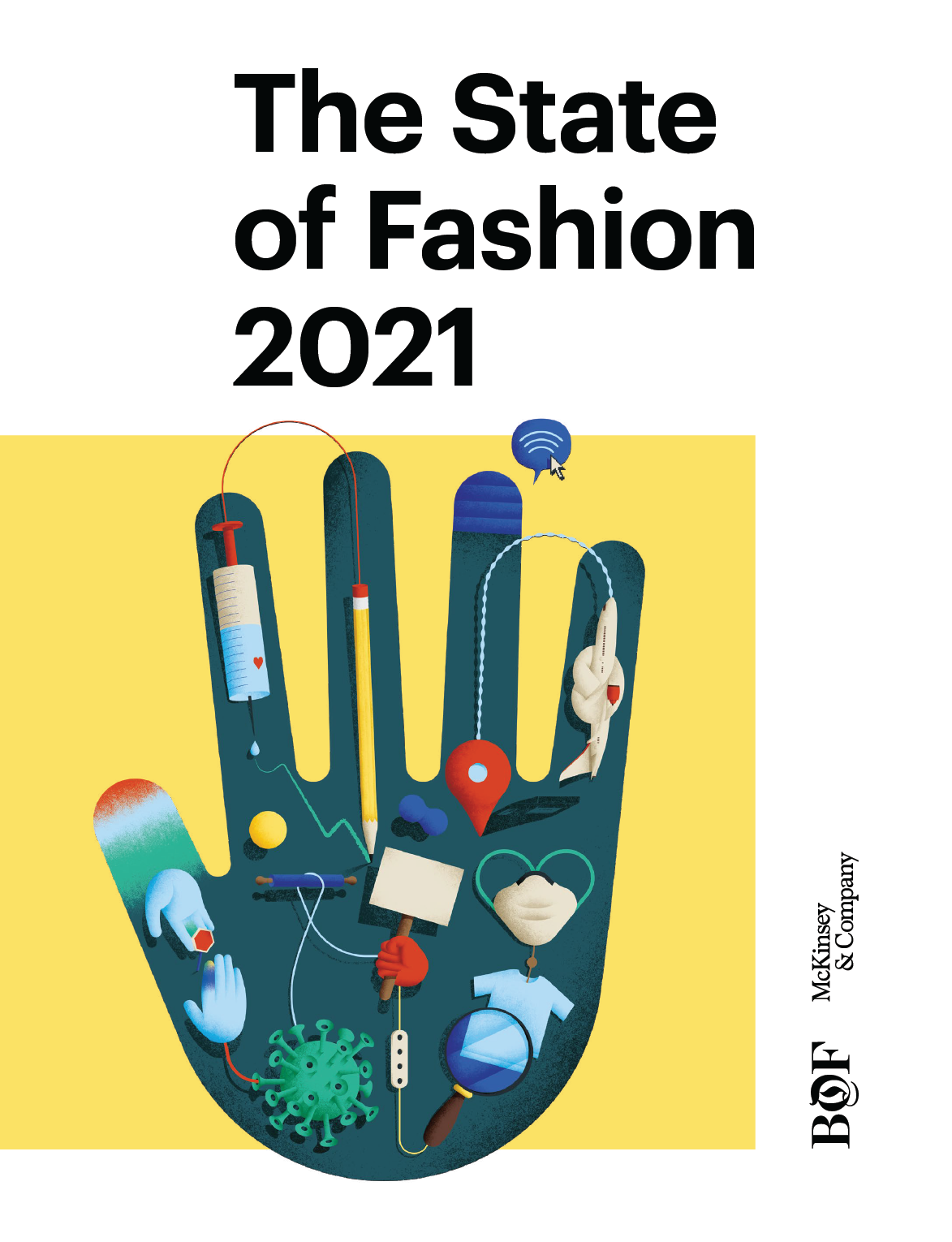In 2019, e-commerce made up between 10 and 15 percent of global luxury sales, with Europe and China at the lower end of the range and the US at the higher end. By 2020, the figure had risen by at least 50 percent across all three regions, according to McKinsey. At online luxury marketplace Farfetch, second-quarter sales were up nearly 75 percent from a year earlier to $365 million. Gross merchandise value — or the cost value of goods sold on the site — was up 48 percent. By October, the average market capitalisation of internet retailers was up 42 percent from December 2019.45 Single brand retailers from Nike to Louis Vuitton also saw an uptick online, which they attributed in part to personalizing the shopping experience in every channel. In the past, the “one to one” experience, as Nike calls it, has been reserved for only the top tier of customers. Now fashion brands must make every customer’s experience feel more unique through a mix of artificial intelligence, human recommendations and direct contact with salespeople using client communication apps and customer relationship management tools. This won’t be easy to scale, as it requires a mix of sophisticated technology and a savvy, well-educated salesperson. “It’ll be interesting to watch how they do it — and if they can do it,” Kim said. One outcome may be fewer, larger transactions. “So many consumers have shifted to digital that an older demographic is now converting,” said Adam Freede, chief executive of US-based MadaLuxe, a third-party distributor for fashion brands. “Customer acquisition costs per order have come down.” Whatever happens, the physical retail store will be as important as ever —”even if there are fewer of them overall. “Stores are really going to have a heyday,” Berry said. “[Changed consumer behaviour] is going to put pressure on the stores that do exist to be super interesting….”
Personalizing Retail Everywhere


